×
SparkFun will be closed on Tuesday, December 24th, and Wednesday, December 25th, in observance of the Christmas holiday. Any orders qualifying for same day shipping placed after 2:00 p.m. (MST) on Monday, December 23rd, will be processed on Thursday, December 26th, when we return to regular business hours. Wishing you a safe and happy holiday from all of us at SparkFun!
Please note - we will not be available for Local Pick up orders from December 24th-December 27th. If you place an order for Local Pick-Up we will have those ready on Monday, December 30th.
This week, we are highlighting a project from Ben Dauphinee, who utilized our RTK Facet to do some DIY land surveying.
Have you ever wanted to build your own phone from scratch? Preferably on the most ubiquitous electronics prototyping platform for maximum flexibility and minimum ergonomics? Now you can!
Sandeep Mistry uses a SparkFun AzureWave Thing Plus to combine real-time audio, AI/ML, DSP, and Wi-Fi connectivity technologies together to get notified when your doorbell rings while you're away.
When creating a proof of concept model, simplicity is usually the modus operandi. However, when you get an idea for a project requiring a POC, and at the same time you’re also hit by the holiday spirit, why not let yourself be guided by both?
We're bringing you 4 awesome projects to spark some motivation for your next project!
If you're in need of a quick Valentine's Day project for your loved one(s), these paper circuit cards are a great way to show you care.
From an automated mushroom farm to the first NFT in space! Read on to find out what happened at the Jan '22 Miami Hack Week!
How can you run nearly any smart device available - no matter the company or licensed software barriers - under one home automation umbrella? The answer includes your favorite tech toys, like Alexa, Google Home, and HomeKit, a Raspberry Pi, and a little something called Homebridge.
Just because Maker Faires, conferences, and summits have been cut down to a minimum doesn't mean you can't continue to expand your circle of like-minded maker friends. Here are a few suggestions for folks that you may want to follow (if you aren't already).
Follow this tutorial to build a Rotating Puzzle room for your Dungeon. This project incorporates parts from the OpenForge2.0 project with a few additional 3D-printed components and SparkFun's Qwiic and MicroMod systems to make a rotating puzzle room that can be activated by placing a magnet on the "secret" tile or remotely using a computer, phone, or tablet.
If you have a craftsman in you, this little project is a great way to use up some excess wood and makes a nice gift for the holidays.
In this follow-up, I’ll show you the (mostly) finished project, talk about what I used, what I learned along the way, and just how much fun it is to have a robot that throws candy bars with unwavering accuracy and consistency.
If you’re a D&D player, you probably see what I did there. If not, read on, brave adventurer!
It seems this Halloween we once again have additional considerations to take into account. I'm focusing on handing out candy to trick-or-treaters while maintaining proper social distancing.
Some people have a hard time getting a good night's sleep in a strange bed, but nobody wants to wake up exhausted when they're on traveling. I decided to see if I could remedy this issue with a few SparkFun parts and a fast 3D print.
Once upon a time it was monsters hidden in the barcodes of everyday items, but now there are electronic components stuck inside. Using the RedBoard Artemis, Barcode Scanner Breakout and Qwiic Micro OLED Display, we can unlock them for a fun game.
Small batch PCB orders are now within everyone’s reach. But if you’re moving past the prototype stage, you want your boards to do more than work well. You also want them to look good. As always, SparkFun is here to help.
For this year's Open Source Hardware Association Summit, there was no venue. Instead, it was a completely virtual affair, allowing all of us to hear a host of amazing speakers from the comfort of our own homes.
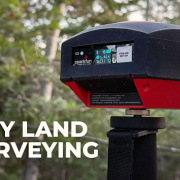
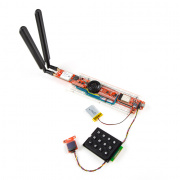


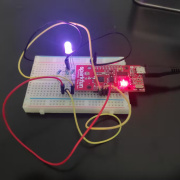

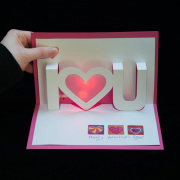

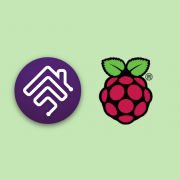
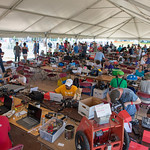
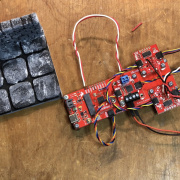
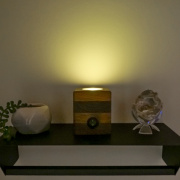
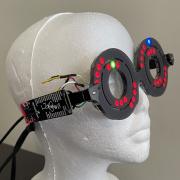

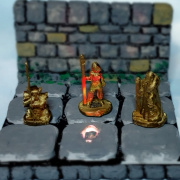
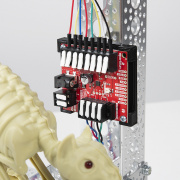

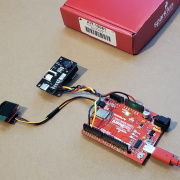


Hi, "For a full wishlist of products for this project, check it out here:" ....but I see no link to anything further. I am hoping you have…